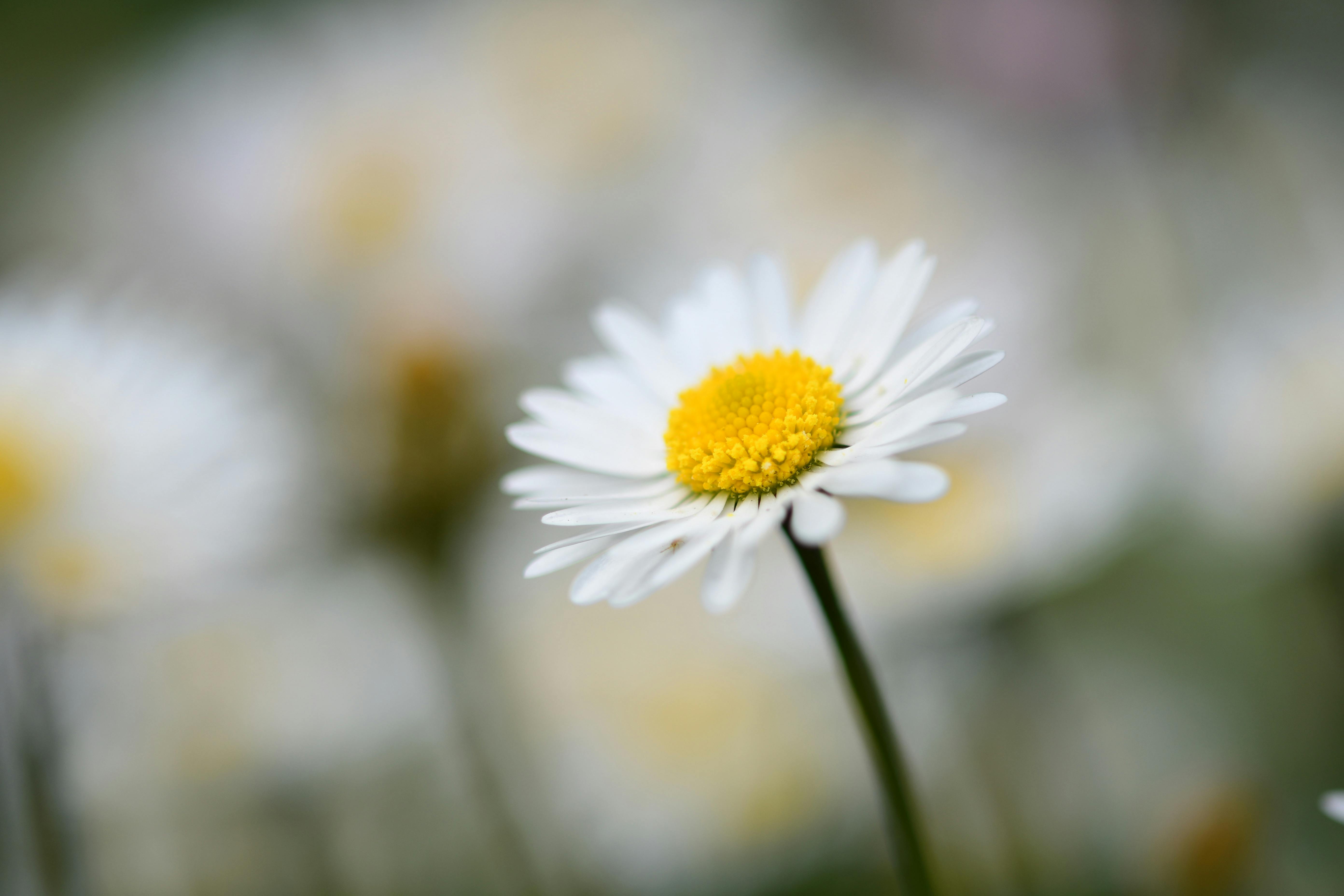👋 Click the mic button to talk to Alfred, the Todd's Seeds Gardening/Sprouting Expert – Feel free to ask him anything!
Ask Virtual Todd Anything - Click the Mic
Are your beloved plants suffering from some mysterious ailment or being invaded by pesky pests? Don’t worry, you’re not alone! Many plant enthusiasts find themselves grappling with the same question: how do I identify and treat plant pests and diseases? In this article, we will explore the various techniques and methods to help you become a plant detective, identify the culprits causing harm to your green friends, and effectively treat and protect your plants from further damage. So let’s roll up our sleeves and get ready to uncover the secrets of keeping your plants healthy and thriving!
Understanding Plant Pests and Diseases
As a plant enthusiast, it’s important to understand the difference between plant pests and diseases. Plant pests refer to insects, mites, and other organisms that feed on plants, causing damage and hindering their growth. On the other hand, plant diseases are caused by pathogens such as fungi, bacteria, and viruses, resulting in various symptoms and potentially leading to the death of the plant.
Differentiating between pests and diseases
While both pests and diseases can harm plants, there are some key differences between the two. Pests are typically visible insects or animals that can be observed directly. They may chew on leaves, suck sap from stems, or bore into plant tissues. Pests can rapidly multiply, infesting numerous plants within a short period.
On the other hand, diseases are caused by microorganisms and are generally not visible to the naked eye. Plant diseases are often characterized by symptoms such as wilting, discoloration, spots, or deformations. Unlike pests, diseases can spread through infected plant material, contaminated soil, or even through air and water.

Common types of plant pests
There is a wide range of plant pests that can infest your beloved plants. Some of the most common ones include aphids, mealybugs, scale insects, whiteflies, and caterpillars. Aphids are small, soft-bodied insects that suck the sap from plants, causing leaves to curl and distort. Mealybugs and scale insects are known for their waxy coating and can weaken plants by feeding on their juices. Whiteflies are tiny, white insects that can transmit diseases and cause extensive damage. Caterpillars, the larvae of moths and butterflies, can chew through leaves and stems, defoliating plants if left unchecked.
Common types of plant diseases
Plant diseases are usually classified based on the type of pathogen causing the infection. Fungal diseases are among the most widespread, and they can affect various parts of the plant, including leaves, stems, and fruits. Examples of common fungal diseases include powdery mildew, downy mildew, and rust. Bacterial diseases, such as bacterial blight and crown gall, tend to cause wilting, rot, or the formation of cankers. Viral diseases, which are caused by plant viruses, often result in stunted growth, mosaic patterns on leaves, or curling of foliage.

Identifying Plant Pests
To effectively manage pests, it’s crucial to accurately identify the invaders. Physical signs of pest infestation can provide valuable clues. Look out for chewed leaves, holes, leaf discoloration, sticky residues, or the presence of insects on the plants. Some pests may leave behind specific damage patterns, such as webbing from spider mites or the telltale “honeydew” left by aphids.
Learning about common plant pests and their characteristics can also aid in identification. Aphids are usually small, soft-bodied insects that cluster on new growth, while mealybugs are recognizable by their cottony appearance. Scale insects are often found on stems and leaves, and they may have a hard or soft covering. Caterpillars are easily identified by their segmented bodies and chewing mouthparts.
Using traps and other detection methods, such as sticky traps or pheromone traps, can also help in identifying pests. Monitoring your plants regularly and inspecting them closely will increase your chances of catching a pest infestation early.
Treating Plant Pests
When it comes to managing plant pests, you have several options, including natural pest control methods and chemical pest control options. Natural pest control methods involve using biological controls or environmental modifications to reduce pest populations. These methods often include introducing beneficial insects, such as ladybugs or lacewings, that feed on pests, or creating a habitat for these natural predators.
Chemical pest control options, such as insecticides or miticides, can be effective in managing pests quickly. However, it’s crucial to follow the instructions carefully and use them judiciously to minimize any negative impact on the environment. Integrated pest management (IPM) strategies combine natural and chemical control methods, using the least harmful approach while effectively managing pest populations.

Preventing Plant Diseases
Preventing plant diseases is vital for maintaining healthy plants. Practicing good plant hygiene involves removing and disposing of any infected plant material promptly. This prevents the diseases from spreading to other plants. Regularly cleaning tools, pots, and other gardening equipment can also help prevent the transfer of diseases.
Maintaining optimal growing conditions is another key aspect of disease prevention. Plants that are stressed or weakened are more susceptible to diseases. Providing proper watering, adequate sunlight, well-draining soil, and appropriate fertilization can help keep plants healthy and reduce the risk of disease.
Using disease-resistant plant varieties is an effective preventive measure. Many plant species and cultivars are bred or selected for their resistance to specific diseases. Choosing resistant plants can greatly minimize the chances of diseases taking hold in your garden.
Identifying Plant Diseases
Being able to identify plant diseases is crucial for implementing appropriate treatment strategies. Visual symptoms of plant diseases can vary greatly depending on the type of pathogen involved. Some common signs include leaf spots, lesions, wilting, abnormal growth, or discoloration. The specific symptoms observed can help narrow down the potential causes of the disease.
Fungal diseases often manifest as powdery or fuzzy growth on leaves or stems. They can also cause leaf spots, dark or rotting areas, or even the death of plant tissues. Bacterial diseases may result in ooze or slimy substances, wilting, or the formation of cankers. Viral diseases often cause mottled or mosaic patterns on leaves, stunted growth, or distorted foliage.

Treating Common Plant Diseases
Treating plant diseases usually involves targeted methods specific to the type of disease. Fungicides are often used to control fungal diseases. These chemical or biological agents can be applied as sprays or dusts to prevent the spread of fungi or limit their growth. Choosing the right fungicide and following the application instructions is crucial for effective treatment.
Bacterial diseases can be more challenging to treat since antibiotics are typically required. Antibiotics are used to control bacteria by suppressing their growth or killing them. However, these treatments are usually limited to professional use or specific agricultural settings.
Prevention is key when it comes to viral diseases, as there are no effective treatments available once a plant is infected. Using virus-free planting material, practicing good hygiene, and controlling the vectors that transmit viruses, such as insects or nematodes, can help prevent the spread of viral diseases.
Organic and Natural Disease Control
For those who prefer organic or natural methods of disease control, several options are available. Using biocontrol agents, such as beneficial fungi or bacteria, can help suppress fungal or bacterial diseases. These agents can be applied as sprays or incorporated into the soil to enhance the plant’s natural defenses against pathogens.
Implementing cultural practices can also contribute to disease control. Proper spacing between plants, adequate ventilation, and avoiding overwatering can create unfavorable conditions for disease development. Additionally, removing and destroying infected plant material can help prevent the spread of diseases.
Organic fungicides and treatments, derived from natural compounds, can be used to suppress fungal diseases. These products are designed to minimize harm to the environment while effectively managing pathogens. Neem oil, copper-based sprays, and sulfur are examples of organic fungicides commonly used in gardening.

Integrated Pest and Disease Management
Integrated pest and disease management (IPDM) is a holistic approach that combines prevention and treatment methods. It involves regularly monitoring plants for pests and diseases, employing cultural practices to create a healthy environment, and using targeted interventions when necessary. By adopting IPDM strategies, you can minimize the use of chemical controls and promote overall plant health.
Monitoring and early detection are essential elements of IPDM. Regularly inspecting your plants for signs of pests or diseases allows you to intervene early, preventing further damage. It’s also important to stay informed about common pests and diseases in your area and be prepared to take action when needed.
Adopting sustainable gardening practices, such as conserving water, using organic fertilizers, and creating habitat for beneficial insects, contributes to effective IPDM. By nurturing a balanced ecosystem in your garden, you encourage the presence of natural predators that can help control pest populations.
Understanding the Role of Beneficial Insects
Beneficial insects play a vital role in maintaining a healthy garden ecosystem. They act as natural allies, helping to control pest populations and promoting a balanced ecosystem. Identifying beneficial insects and encouraging their presence in your garden is crucial for natural pest management.
Ladybugs, lacewings, and parasitic wasps are examples of beneficial insects that feed on plant pests. These insects provide effective biological control, and attracting them to your garden can greatly reduce the need for chemical interventions. Planting native flowering plants and providing habitats, such as insect hotels or butterfly houses, can help attract and support beneficial insect populations.
Using beneficial insects as natural allies against plant pests is an environmentally friendly and sustainable approach to pest management. These natural predators can help keep pest populations in check, preventing damage to your plants.
Consulting Experts and Resources
When dealing with complex pest or disease issues, it’s always beneficial to seek advice from experts in the field. Local agricultural extension offices can provide valuable guidance specific to your region. These offices often have trained professionals who can help identify pests and diseases and provide recommendations for treatment or prevention.
Online resources and plant diagnostic tools can also be valuable sources of information. Websites from reputable universities, research institutes, or government agencies often provide comprehensive guides to identifying and treating plant pests and diseases. Plant diagnostic tools, which include databases and interactive tools, can help narrow down potential pests or diseases based on symptoms or plant characteristics.
In more severe cases or if you’re unsure how to proceed, professional pest and disease control services can be employed. These professionals have the expertise and knowledge to identify, treat, and prevent plant pests and diseases effectively. They can provide tailored solutions to address specific issues and help you maintain a healthy garden.
By utilizing the resources available and garnering advice from experts, you can better understand and manage plant pests and diseases, ensuring the health and vitality of your plants. Remember, prevention, early detection, and proper treatment methods are key to maintaining a thriving garden ecosystem.